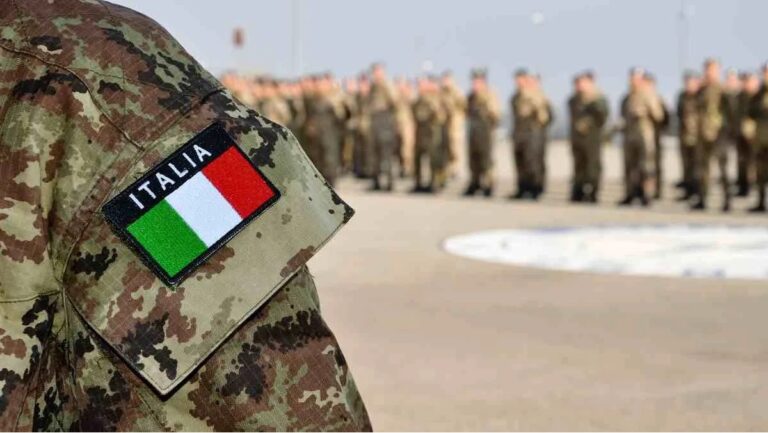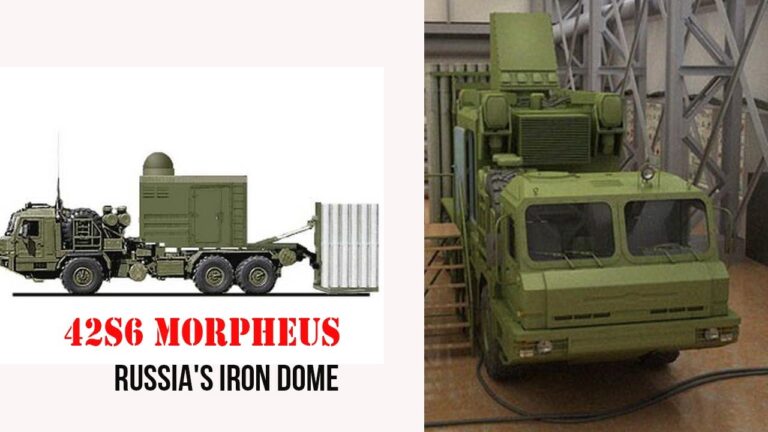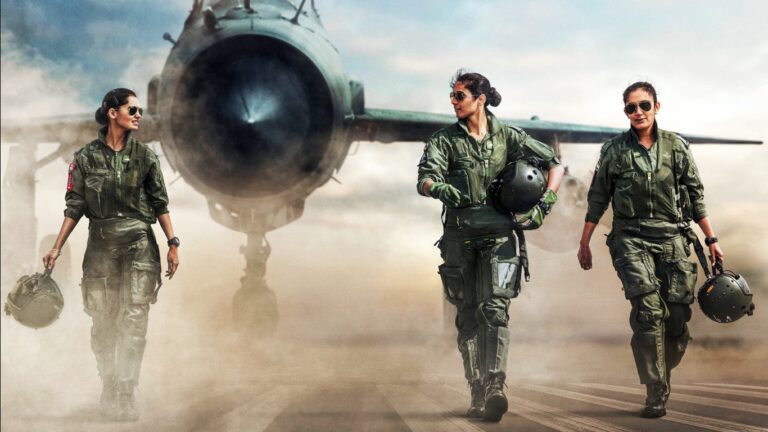
The British Challenger 2 tank has earned a legendary reputation for its resilience and formidable defense capabilities. Reports indicate that during the 2003 Iraq War, a Challenger 2 tank managed to withstand approximately 70 hits from rocket-propelled grenades (RPGs) in a single battle. This incident exemplifies the tank’s incredible survivability and has cemented it as one of the world’s most robust armoured vehicles. Let’s talk about the details of the British Challenger 2, which suffered damage from 70 RPGs during the 2003 Iraq War.
The Challenger 2 Tank’s Resilience in Combat
The British Challenger 2 tank took 70 RPG hits during the 2003 Iraq War and proved its remarkable durability in combat. Engineers designed it with reinforced Chobham and Dorchester composite armour to withstand the most extreme battlefield conditions. British forces relied heavily on the Challenger 2 during the Iraq War, using it in both offensive pushes and defensive holds, especially in urban areas frequently targeted by RPG attacks.
Unlike other armoured vehicles, the Challenger 2 withstands massive RPG strikes without failing. In Basra, enemy forces launched a relentless assault, but the tank held its ground, proving why militaries worldwide regard it as one of the toughest tanks ever built.
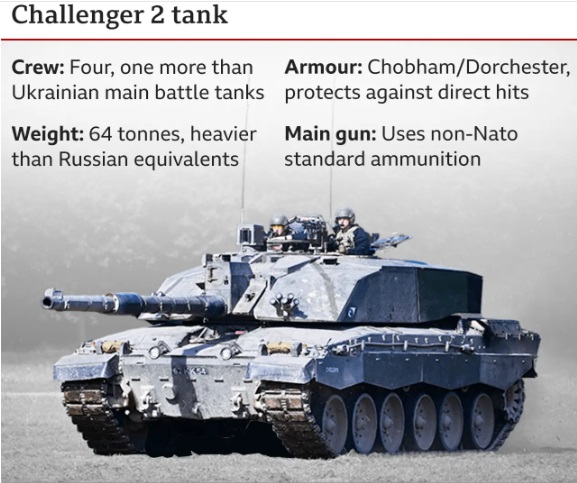
Why the British Challenger 2 Tank Was Built to Withstand RPGs
The British Challenger 2 tank owes its resilience to its innovative armour design, having been hit by 70 RPGs in the Iraq War in 2003. Chobham armour, originally developed in Britain, is a composite material featuring layers of ceramic and metal bonded together. This structure effectively disperses the energy from incoming projectiles, reducing their impact and preventing penetration.
For the Iraqi War, the Challenger II’s armour was further upgraded to the Dorchester standard, making it even tougher. Dorchester’s armour allows the tank to withstand hits from antitank missiles, which are more powerful and destructive. These upgrades were instrumental in enabling the Challenger 2 to hold its ground under heavy fire.
The 2003 Basra Incident: A Test of Endurance
During an intense battle in Basra in 2003, the British Challenger 2 tank made history after suffering damage from 70 RPGs. British soldiers operated the tank when insurgents ambushed it and initiated sustained RPG fire. Guerrilla fighters frequently utilise RPGs, which pose a significant threat in the confined urban setting of Basra. However, the tank’s armour absorbed the impacts from approximately 70 RPGs, protecting the crew from harm.
During the incident, the Challenger 2 also withstood a direct hit from a MILAN anti-tank missile, which is even more powerful than RPGs. Despite this severe impact, the tank remained operational and managed to make its way back to base. The Challenger 2’s impressive durability served as testament to the effectiveness of its design and armour, establishing it as a formidable force.
Armour Technology: The Secret Behind Challenger 2’s Durability
The British Challenger 2 tank, which endured 70 RPG strikes during the Iraq War in 2003, utilised sophisticated armour technology. The Dorchester armour, an advancement of Chobham armour, remains classified; however, it is understood to comprise layers of ceramic and metal that dissipate heat and absorb explosive energy.
The distinctive armour composition of Challenger 2 renders it resistant to cumulative damage. In contrast to traditional steel armour, which may deteriorate after numerous impacts, Dorchester’s composite design enables the tank to resist successive assaults without compromising its structural integrity. This capability explains why, despite enduring 70 RPGs and an anti-tank missile, the Challenger 2 successfully continued its mission and safeguarded its crew.
A Legacy of Battlefield Success
The British Challenger II tank, which was hit by 70 RPGs in the Iraq War in 2003, has inspired militaries worldwide, highlighting the importance of durable armoured vehicles in modern warfare. NATO and other allied forces prioritised armour upgrades and advanced protection systems for their own fleets due to Challenger 2’s success in Iraq.
In addition to its physical armour, the Challenger 2 comes equipped with a suite of defensive technologies, including explosive reactive armour and smoke grenade launchers that help mitigate the effects of incoming attacks. These features have since become standard in many modern tanks, but the Challenger 2 set the bar for survivability in the early 2000s.
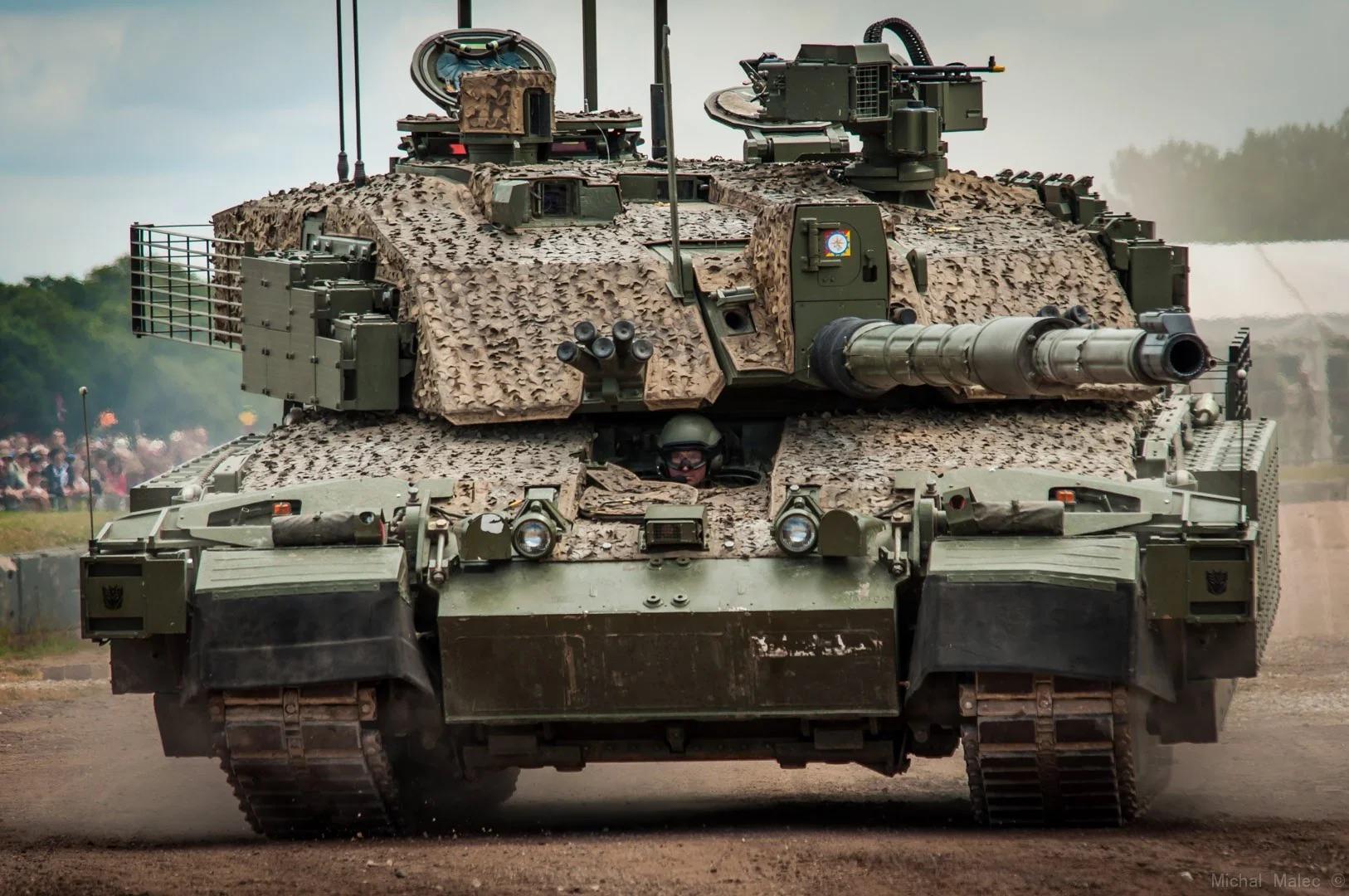
How the Challenger 2 Compares to Other Modern Tanks
Despite facing 70 RPGs in 2003, the British Challenger-2 tank boasts the world’s best armour protection. Many Western tanks, like the M1 Abrams and Leopard 2, use composite armour for strong battlefield protection. Challenger II’s Dorchester armour is especially famous for its resilience under heavy fire.
Its performance in Iraq proved it could survive intense and sustained attacks. Some tanks of similar class might not endure under the same battlefield conditions. The M1 Abrams and Leopard 2 are also highly capable in combat situations. However, the Challenger 2’s survival record sets it apart in the armoured vehicle community.
Future Prospects for Challenger 2 Upgrades
The British Challenger 2 tank, once hit by 70 RPGs in 2003, is now receiving modern upgrades. The Challenger-3 Program, launched by the Ministry of Defence, focuses on improving armour and weapon systems.
Upgrades include a new 120mm smoothbore gun for improved firepower. An active protection system will help intercept incoming threats before they strike. These improvements will boost the Challenger’s performance in both urban and open battlefields.
The tank will be better prepared to face advanced anti-tank weapons. The Challenger 3 will carry forward the strong legacy of the Challenger 2. It will ensure British forces have a reliable, resilient tank for future conflicts.
The Lasting Impact of the 2003 Incident on Military Strategy
The British Challenger 2 tank survived 70 RPG strikes during the 2003 Iraq War, influencing tank design and military strategy. The fierce battle in Basra highlighted the value of heavily armoured vehicles in urban warfare. Guerrilla tactics created constant, unpredictable threats for advancing forces.
Nations continue to modernise their militaries, using Challenger II’s combat performance as a benchmark. Its success will influence future tank designs and defence plans. This famous event proved the importance of robust armour systems on an asymmetric battlefield: these systems must withstand protracted attacks. s.
Conclusion
The British Chatank endured 70 RPG strikes during the Iraq War in 2003, proving its remarkable resilience in battle. Its ability to withstand such relentless attacks showed unmatched durability under extreme combat conditions. Chobham’s and Dorchester’s armour demonstrated exceptional effectiveness in realistic battle scenarios.
This incident became a defining moment in the Challenger 2’s history. It influenced tank design and combat strategy across the world. The Challenger 2’s legacy provides important details about modern tank technology. It also highlights the importance of durable armour in high-intensity warfare. Military enthusiasts and technical experts find these less relevant today.
References
- British Army Official Website: Challenger 2 Main Battle Tank
- Jane’s Defence Weekly, “Armour Evolution in Modern Tanks,” 2023 Edition
- UK Defence Journal: Challenger 2 in Iraq
- The Times, “Inside the Battle of Basra: How a Challenger 2 Tank Survived 70 RPG Hits,” July 2004




